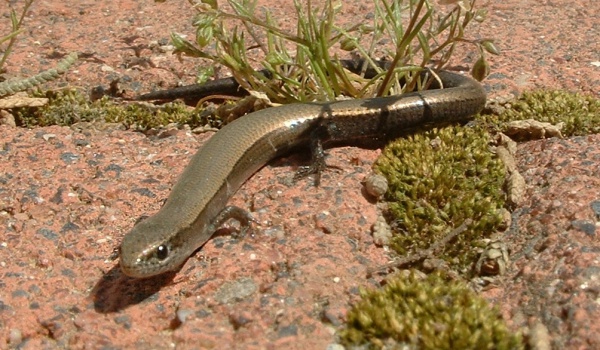Facts About Ablepharus
Ablepharus, commonly known as snake-eyed skinks, represent a captivating genus of small, glossy lizards. Their name derives from their snake-like appearance, characterized by fused eyelids that inhibit blinking. They exhibit a sleek bronze coloration accented by a distinct dark stripe along their bodies.
These elusive reptiles typically inhabit arid fields and hilly terrains, especially favoring rocky areas covered with leaf litter. Most active during dusk, they primarily feed on small insects and mollusks.
The common snake-eyed skink boasts a broad geographical range, extending from southern Europe through northern Africa to parts of Southeast Asia. As generalist predators, they are not selective in their diet, consuming various arthropods, mollusks, and even small snails. In the wild, their lifespan averages about two and a half years; however, in captivity, they can live up to three and a half years.
Regarding reproduction, females lay between two to four eggs, which hatch after approximately nine weeks. The juvenile skinks reach reproductive maturity in about two years.
The Ablepharus genus comprises ten recognized species: A. bivittatus, A. budaki, A. chernovi, A. darvazi, A. deserti, A. grayanus, A. kitaibelii, A. lindbergi, A. pannonicus, and A. rueppellii. These species are distributed across Central Asia, Europe, and the Middle East, each uniquely adapted to its respective habitat.

 Argentina
Argentina